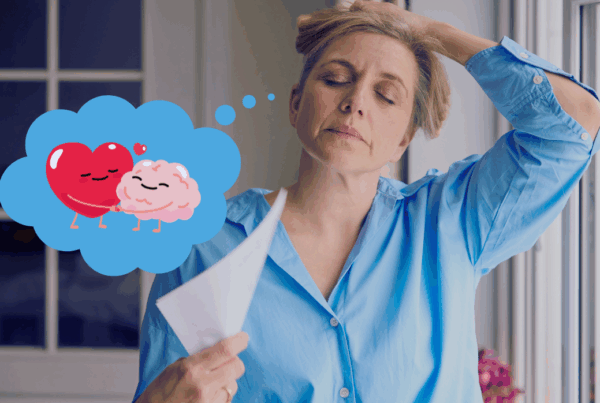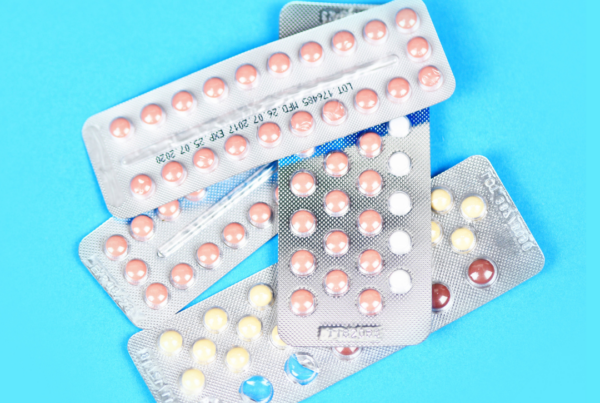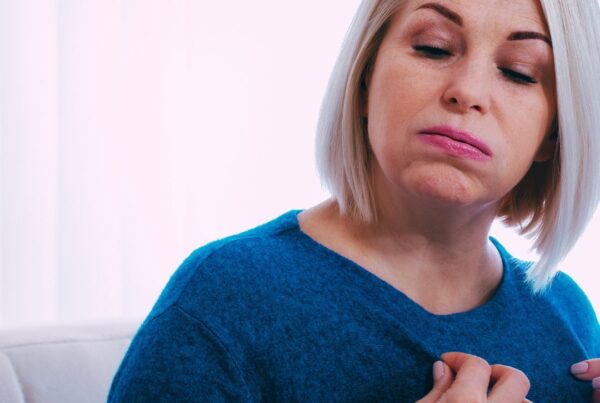late postmenopause stage
What’s happening now?
You haven’t had your period for 5 or more years now and oestrogen and progesterone have flatlined to low levels. Most of the disruptive symptoms of your hormonal chaos like flushes, sweats and moodiness have settled. For a few, flushes will continue for a very long time. Hopefully sound sleep has returned.
Problems with the genitourinary tract may worsen – dry vagina with painful intercourse and bladder irritability. You may not feel like sex anyway and this may impact your intimate relationships.
Your general health takes centre stage. Your risk of osteoporosis increases in the early years after menopause (if you haven’t taken any hormonal treatments), your risk of heart disease rises and potentially also the risk of dementia. You may have gained a little weight. Many of these changes relate to both the ageing process and loss of hormones.
These are some of the main symptoms that can arise from low oestrogen
-
Dry skin and hair
-
Vaginal dryness
-
Bladder problems
-
Low libido
-
Bone problems
Best treatment for this stage
Maintain or start healthy habits – be active, eat well, get enough sleep , manage your stress.
Hormone treatments can continue to protect health.
Hormonal treatments that supply the low oestrogen can treat persisting symptoms of late postmenopause. They also protect your bones and possibly your heart. Treatments can affect the whole body by using tablets, skin patches or gels, and also used locally in the vagina. You will need to use progesterone in some form to protect your womb lining if you still have your uterus although many females still use it if they have had their uterus removed. Testosterone can also be used for low libido ( it may also help with low energy and brain fog).
There is no end date for using HRT – many females choose to use it ongoing. In fact your bone density will fall if you stop the hormonal support. You may not need the same dose of oestrogen as you did in past years to control your symptoms. HRT is generally not commenced over the age of 60 years or after 10 years following your last period.
It is very important to prioritise vaginal and bladder health before the tissues become too fragile. Vaginal oestrogen is safe for most women, even if you can’t or don’t want to use HRT that affects your whole body. It will keep the vagina plump and healthy and also helps your bladder.
Some supplements and products (such as vaginal friendly moisturiser and lubricant) can also be helpful depending on your symptoms and pelvic physiotherapy is often beneficial.
Start getting your lifestyle in order if you haven’t done so yet – be active, eat well, get enough sleep, manage your stress. These healthy habits will not only make you feel more energetic and brighten your mood in the short term but will protect your health and wellbeing in the years to come.
This information is for general educational purposes only and does not constitute medical advice. Please see your health professional for advice that is personalised to you.
Key take aways
You are in late postmenopause once you haven’t had a period for 5 years.
Symptoms have often settled but there is an increased risk of health issues – osteoporosis, vaginal dryness and bladder problems.
There is also an increased risk of heart disease and possibly dementia.







